Overview
Objective
The Children’s Healthcare of Atlanta (CHOA) is one of the largest pediatric cancer and blood disorders center in the United States. Out of many other establishments, the Scottish Rite Hospital located in Atlanta asked us to design something for them. Currently, the facility provides treatments for children ranging from 6 years to 21 years of age. Everyday, there are approximately 60-70 patients visiting for infusion, chemotherapy, and routine checkups.
The objective of this project is to alleviate long and boring waiting hours for the patients and their parents during the clinic journey. Many times, they idly spend time waiting for nurses in clinical rooms or the doctor for treatments and it's especially hard on the children.
Also, the hospital raised problems such as:
• Current system the hospital current use (EPIC) is not accurate in terms of keeping track of the location of the patients
• Children only have access to entertainments outside of the waiting rooms
• Not a one-to-one relationship between the nurses and the patients
• Tough to collect data about the clinic experience although the hospital is aware of certain complaints based on verbal feedback
Approach
The final products are an iOS iPad app and a website. The iOS app provides entertainment features (stories and games) along with the survey questions that the children interact with throughout their clinic journey. The patients (children) are required to scan the QR code located in each room to launch a new story or a game, allowing them to be fully immersed in the interactive and fun clinic journey.
During waiting hours in different rooms, they will be playing on the iPad until it's time to move to a different room. When they are required to move to another room, along with scanning the QR code which will notify their location, they are required to fill out a short survey such as their current emotional status. The result of the survey will then be transferred from the iOS app to the website which the hospital staffs have access to.
My Role
As a UX Designer in the team, I participated in the whole process from research all the way to product development. I facilitated the design sprints which helped us to come up with the work flow as well as the ideas to help solve the problem. After the sprint, I came up with the final wireframes for the iPad iOS application using Balsamiq Mockups. Based on continuous iteration process, I designed the UI (high fidelity designs) for the iPad iOS app using Sketch. Furthermore, since no one in the team was experienced with Bootstrap, I took charge in the front-end development of the website that the nurses and doctors use.
Duration
August 2016 - December 2016
Project Team
Geunbae Lee | Nishant Panchal | Yeon Joon Choi | Rohan Katyal | Laurel Warrell
Tools
Sketch | Framer.js | Balsamiq Mockups | Firebase | Swift | Bootstrap | Node.js
Links
Scottish Rite Hospital | Website for the Hospital Staffs | Github

Process
Existing Solution
Passport
The client currently use a paper tool called “Passport” which was developed by the Georgia Tech's SimTigrate Design Lab. It is a child-friendly process map that engages patients, families, and hospital staffs in order to develop a data collection tool. The patients (children) use the this draw and write in based on the questions. Also, there are time stamps at the beginning and end of each activity as well as qualitative descriptions of feelings at each step in the clinic visit process. This qualitative and quantitative data is then used to optimize care of the patients.
The “Passport” did not work well however, which is why the client asked our team to develop a more sophisticated and long-term tool. Since it is a paper-based tool, the collection of data is not properly sought out. Also, there are too many texts displayed for the children to read and enjoy. Moreover, the returning patients who were already familiar with it, disliked the repetitive activity.
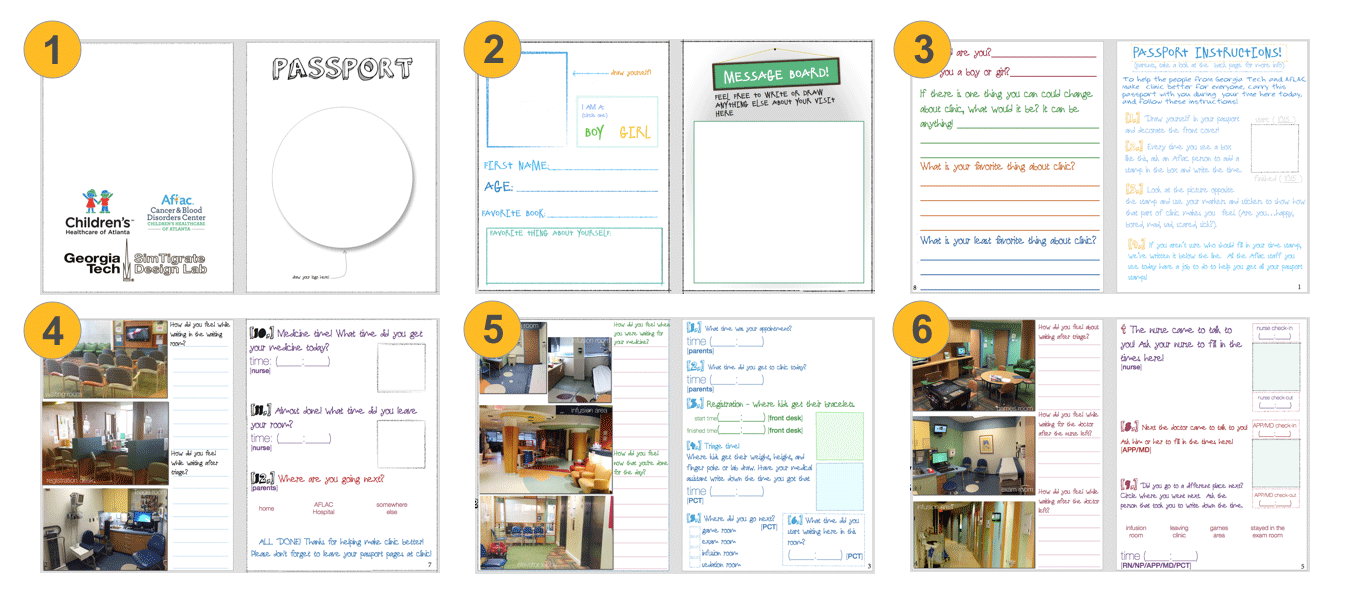
Visit to the Clinic
Entrance of the clinic
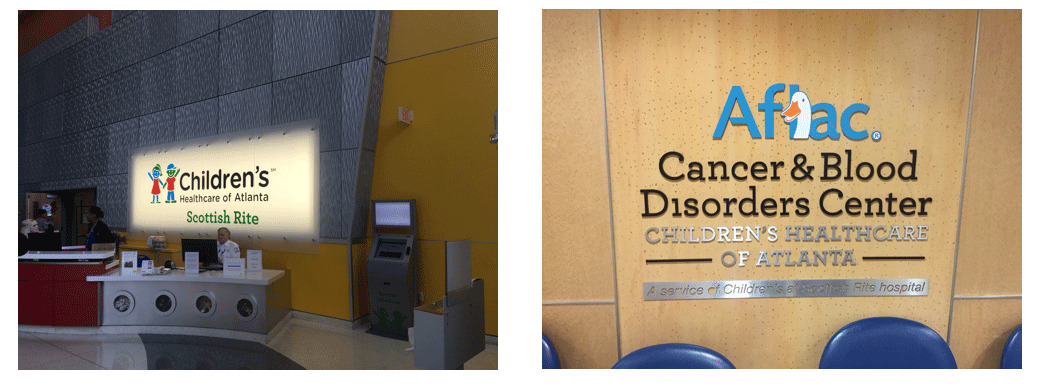
Children's clinic process
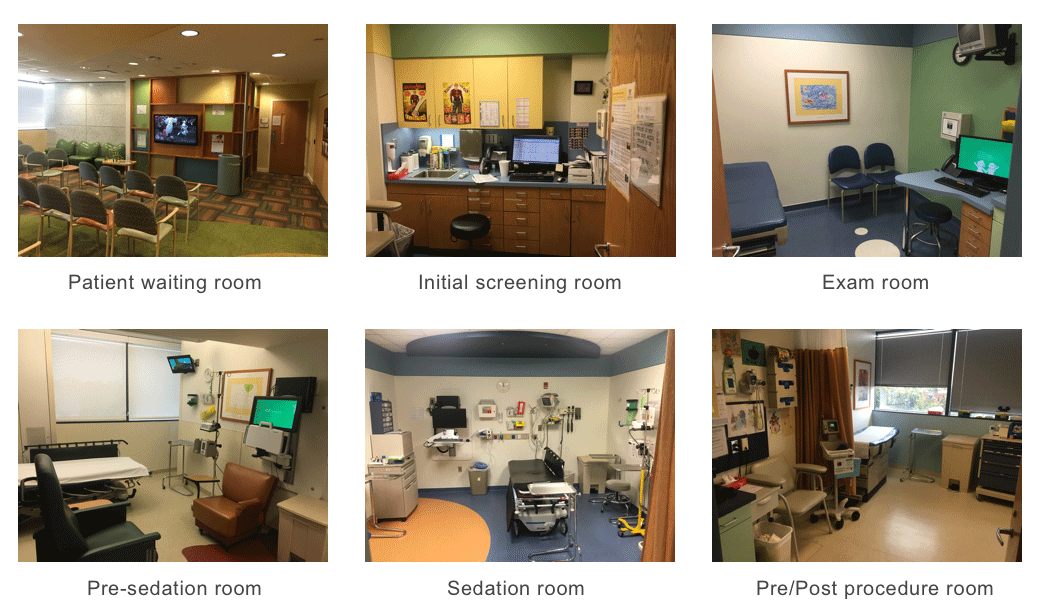
Children's gaming area
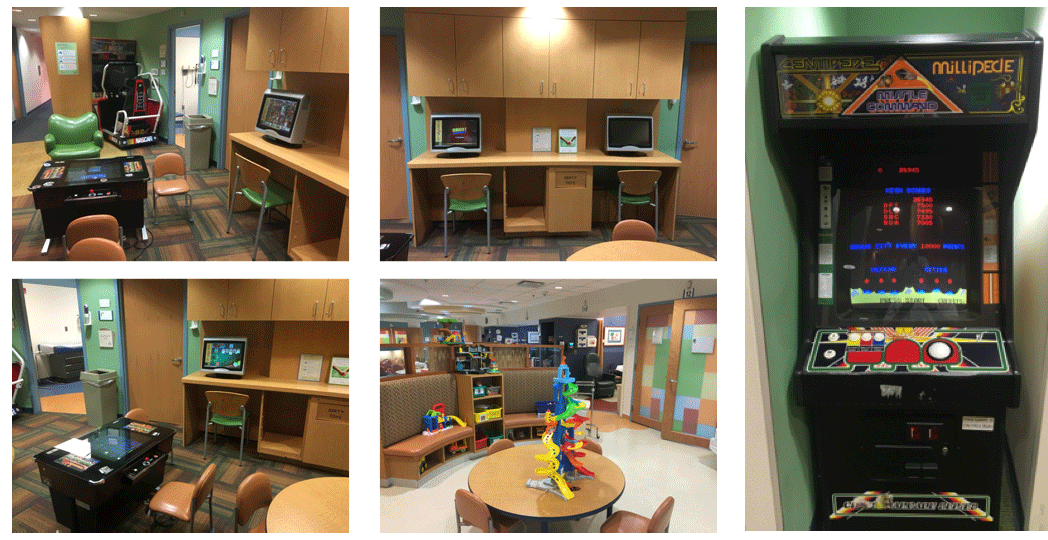
Meeting with the Client
Having met with the client and visited the atmosphere of the clinic, we understood more about the expected deliverables of our final solution. In terms of the overall system, the client desired a system that would potentially entail the following:
(1) Collection of valuable feedback from patients and familes during the clinic visit
(2) Creation of an enjoyable experience (entertainment features) for the patients
Considering (1), the clinic wanted to collect qualitative and quantitative information from patients and families about their likes, dislikes, preferences, wants, and needs while going through the clinical processes. We thought this could be achieved by implementing survey questionaires. In addition, the clinic wanted to keep track of where the patients are located in real-time.
Considering (2), the clinic wanted to provide the best possible experience for patients who are mostly children to alleviate any additional stress factors they experience during the clinical process.
Brainstorming & Ideation
Based on our visit and the back and forth communication with our client, we started to brainstorm ideas about how we can solve the problems. Since the clinic already had about 10 iPads that they were providing the children, we thought of utilizing them. However, we didn’t want them to simply play games on their iPads. Rather, we wanted to create a productive and enjoyable journey to provide meaning and fun during their clinical processes.
Thus, we decided to create an app that the patients can have access to using the hospital's iPads. Also, for the hospital staffs, we decided to develop a website for them to have access to the data retrieved form the iPad iOS app.
Work Flow
As a basic workflow concept, we would like:
1) Patients to have access to the iOS app when they start their clinic journey, right after leaving the initial clinic waiting room. Refer to the "Patient Waiting Room" picture.
2) Patients to be able to express how they are feeling during their stay through survey.
ex. Wait time has been too long
ex. Have not been attended to
ex. Personal sentiments about visit
ex. General likes and dislikes
3) Patients to be entertained and enjoy their waits in the clinic rooms, etc.
This mockup below is our final workflow for the systems’ interactions and communication, including the WebApp that medical officials will interact with and the iOS application that patients will be given. One thing to note is that given different possible medical tracks (sequence of medical procedures/events at clinic) that patients can experience while at the clinic, the individual steps of a patient's clinic visit varies.

Planning Patient Journey
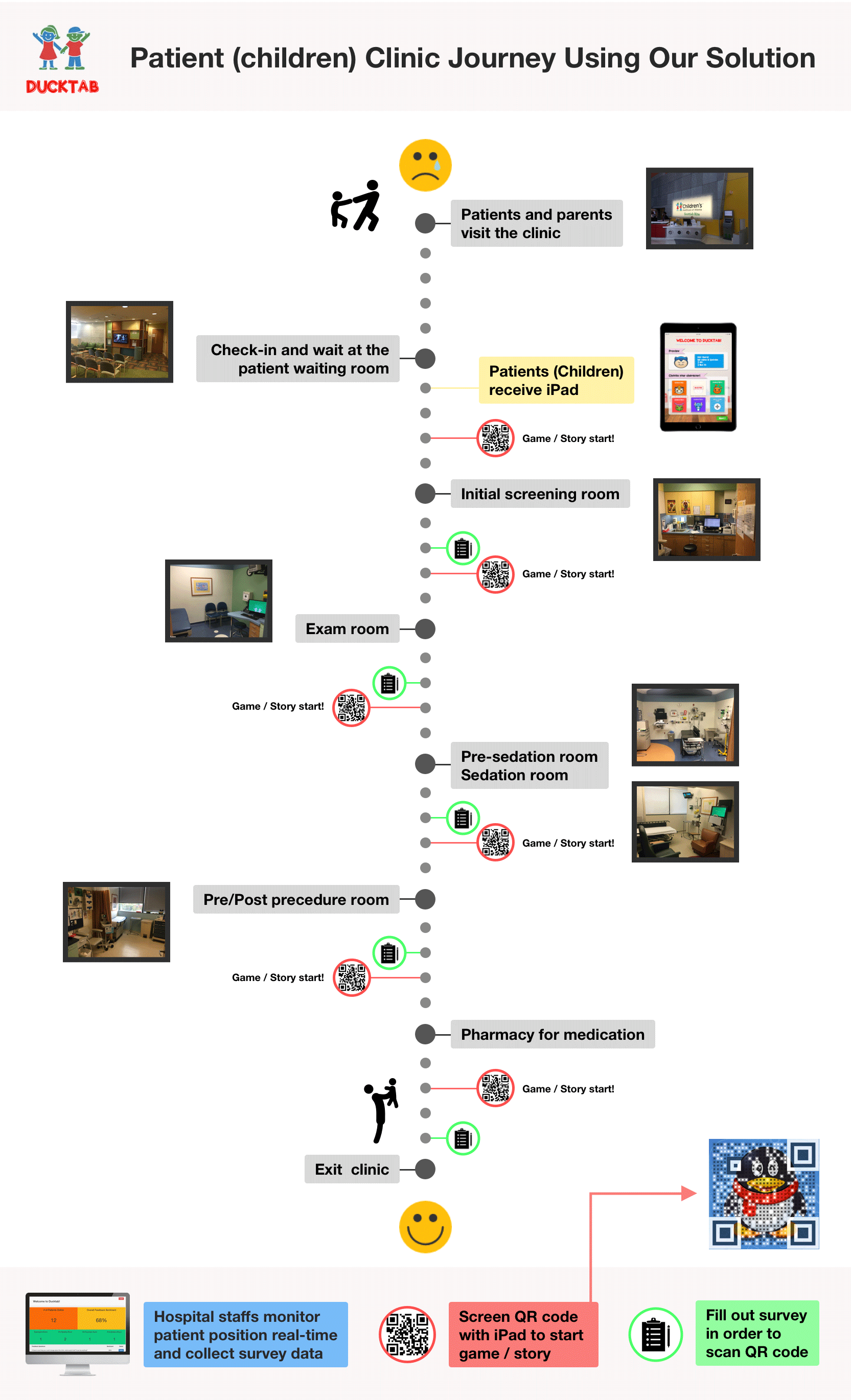
Wireframe Ideation (App)

Wireframe Final (App)

Design (App)
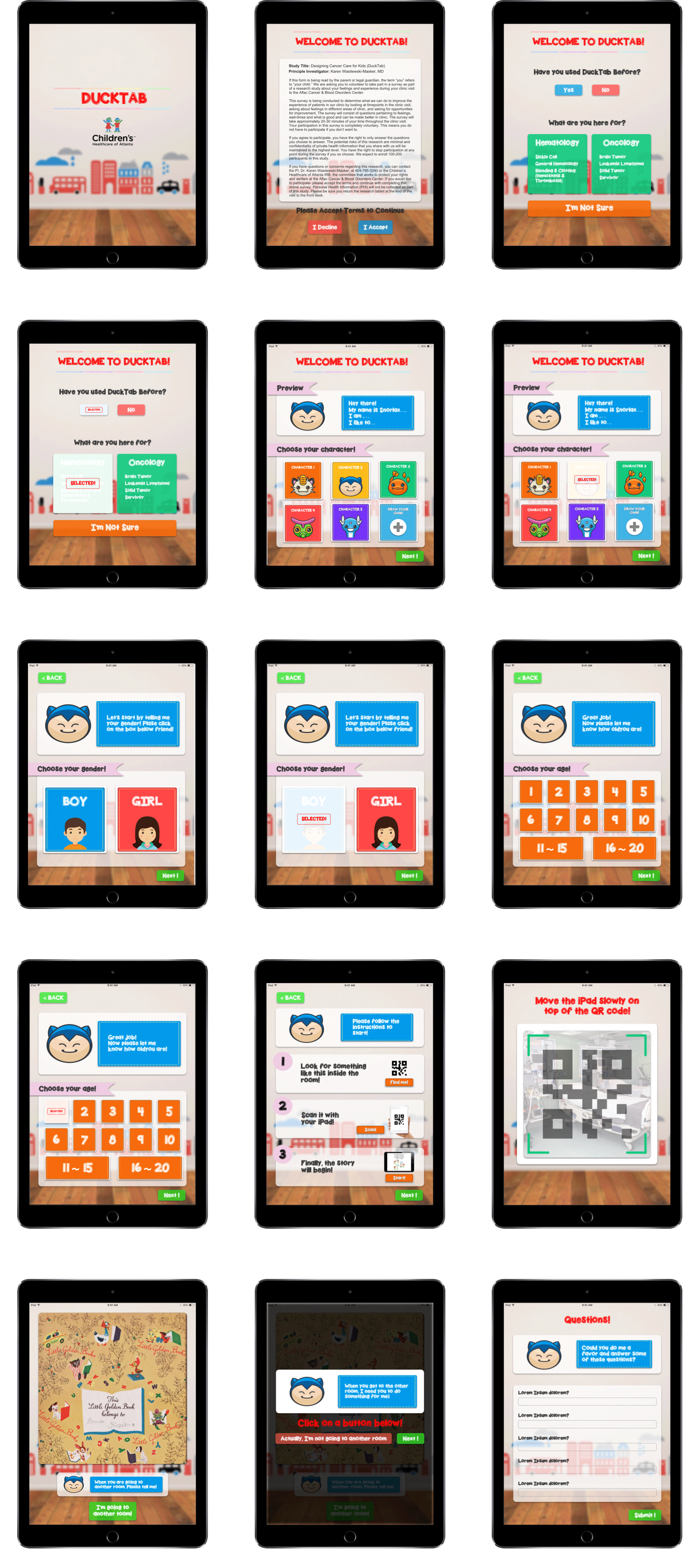
User Flow (App)
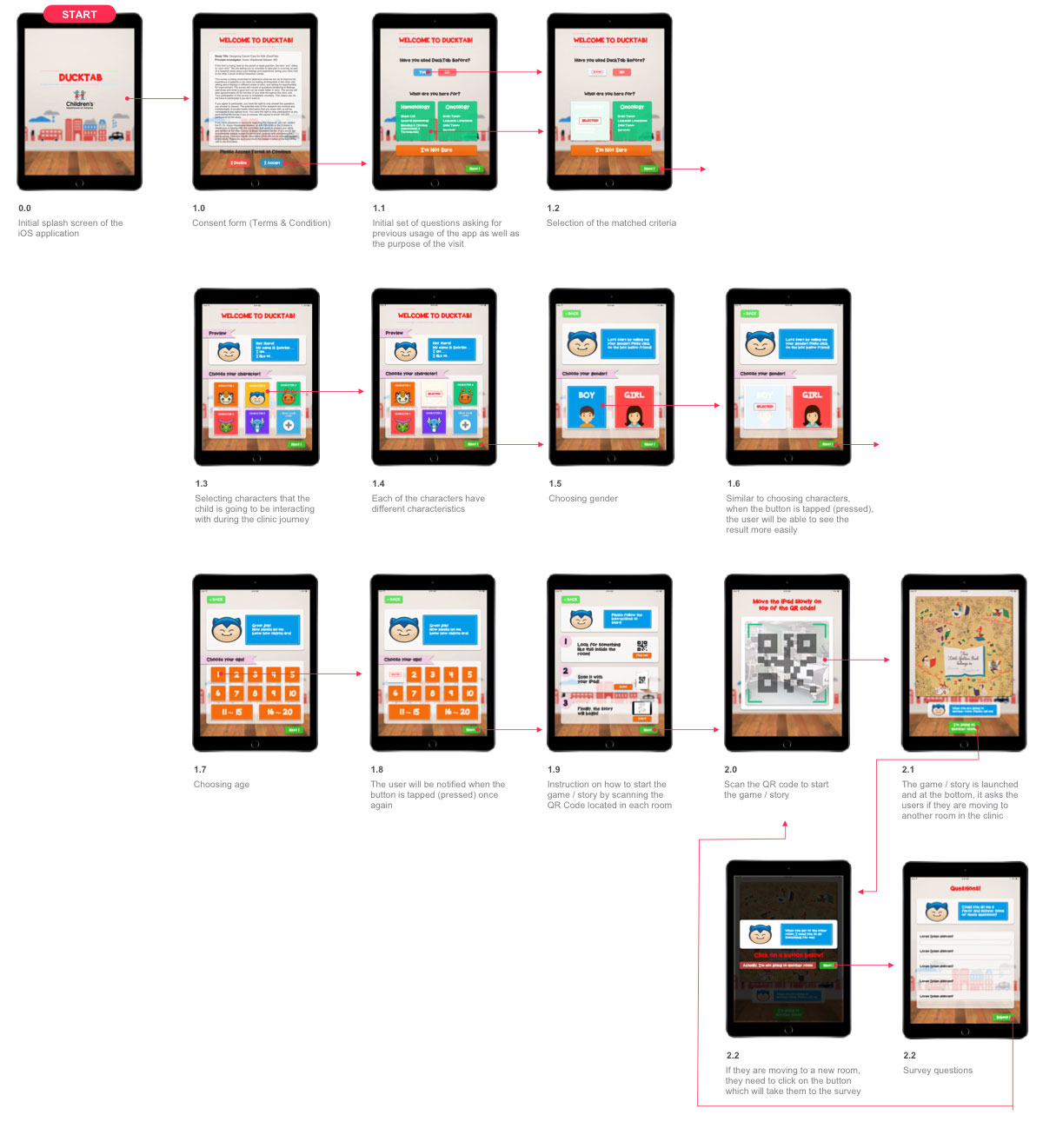
Wireframe (Web)

Design (Web)
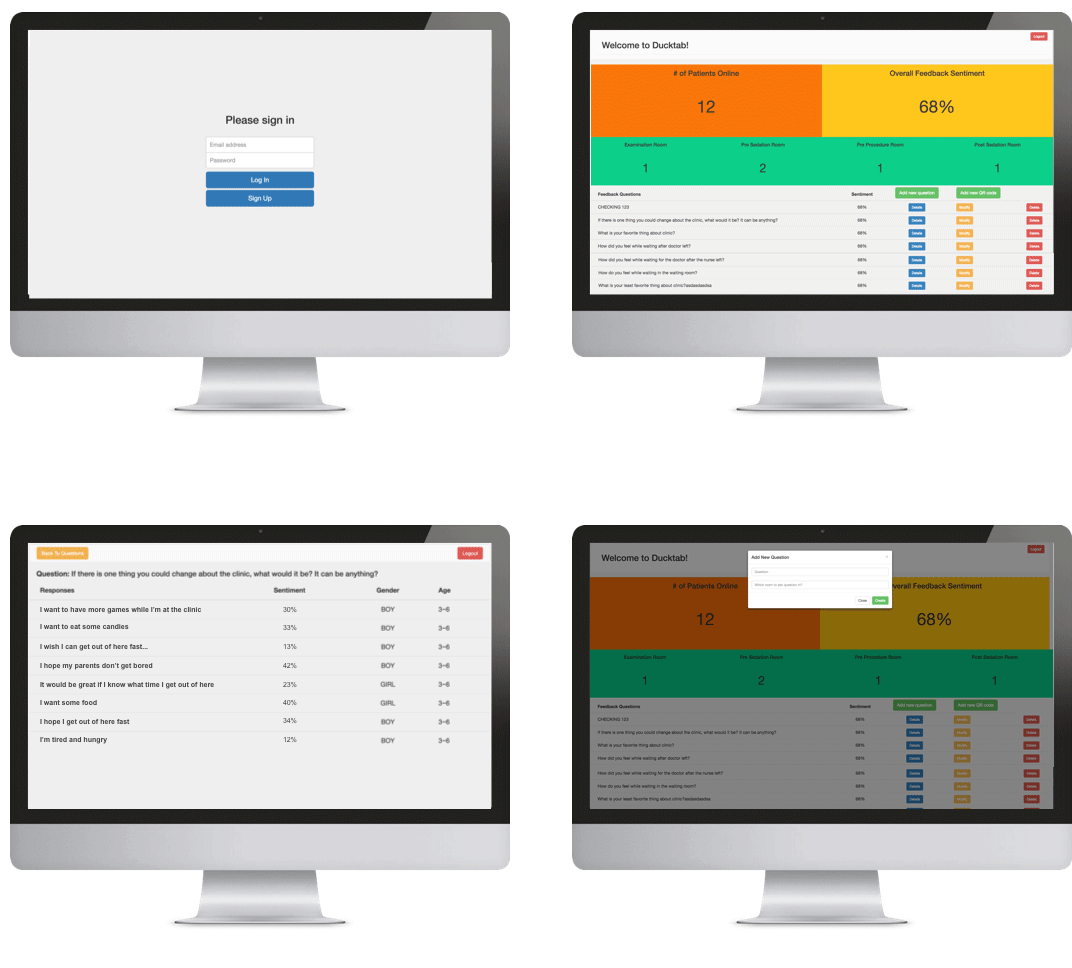
Userflow (Web)
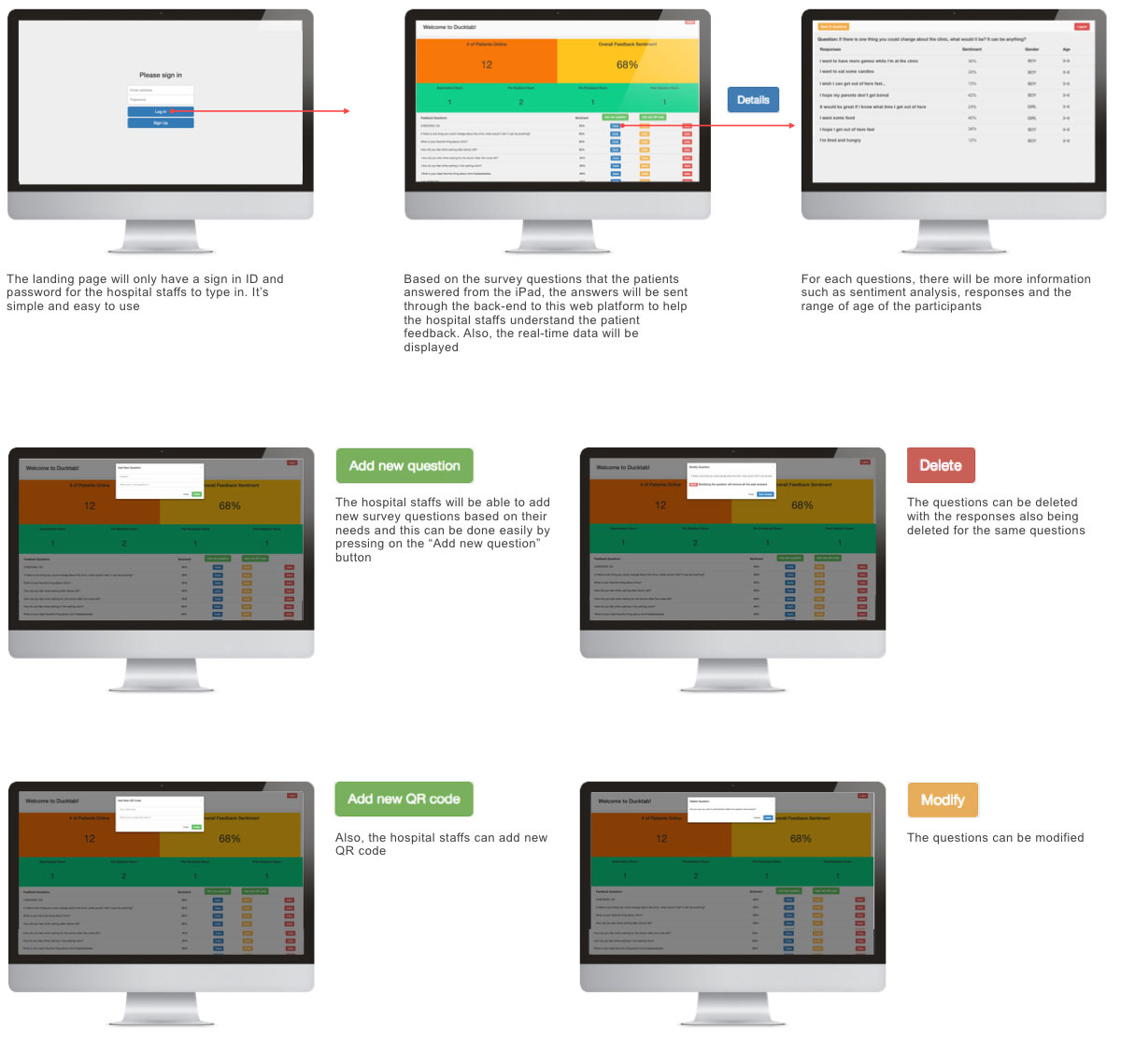
Demo Presentation
